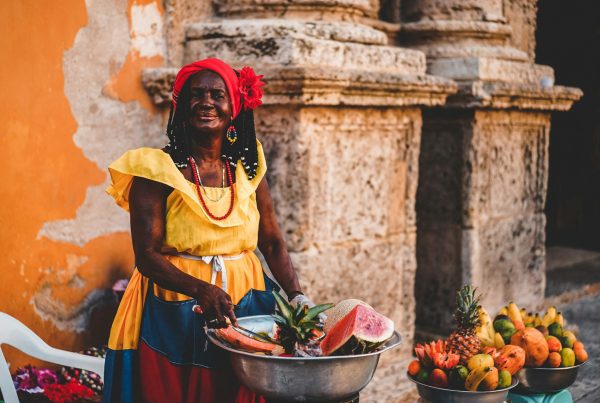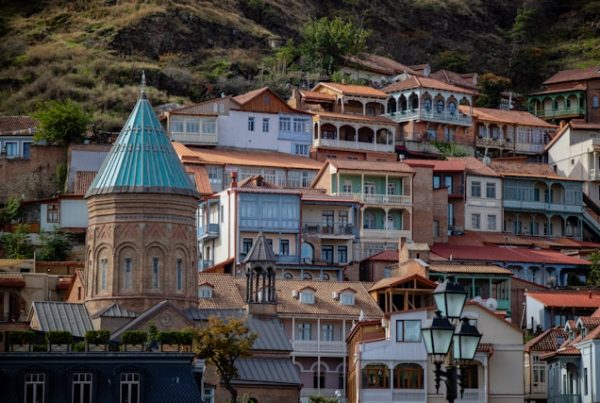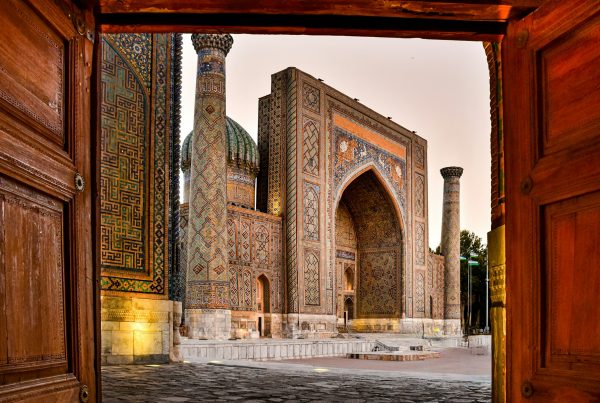Newsletter 139 – 09.06.2022
Arab Emirates
Within the region, they are the largest importers of southern fruits. Every year they import high volumes of citrus fruits, especially lemons, but also oranges and tangerines. On the other hand, they are one of the most important destinations for stone fruit (apricot, peaches-nectarines, cherries) and berries. In the case of pome fruits, they are interested in some varieties of apples and pears.
The United Arab Emirates were a bunch of oasis in the deserts of the Middle East where Bedouin tribes settled to live and trade. Starting in 1958 with the discovery of oil, they have become a paradise of luxury and wealth for the country's inhabitants. Despite the image of modernity that its cities convey, we must not forget that until just over sixty years ago, the Emiratis were Bedouin merchants, with all that this implies in their way of doing business.
The Emirates have currently a population of 10 million, a relatively small population compared to the rest of the countries. Its interest in southern fruits lies in the fact that, on the one hand, it does not have its own production, and on the other hand, 80% of their population is immigrants. The origins of the immigrants are extremely diverse: 40% come from India, followed in importance by Bangladesh, Pakistan, Egypt, the Philippines, Indonesia and Yemen. These make up the workforce of the country. What is surprising is that there is also a significant number of immigrants of northern countries, such as English, French, North Americans who work in the tourism and services sector. Some of these immigrants are used to and want the fruits they are used to. In addition, purchasing power is higher than that of most other countries in the region. Also, tourism is becoming increasingly important, trying to offer all kinds of fruit. Added to this is that it is a country that is very open to international trade and that offers facilities for doing business. Also the religious part is not as strict as in its neighboring countries, which facilitates the relations with other countries.
main supplier is South Africa, which fully dominates among the southern countries. The relative proximity and tradition of trading with them facilitates exchange. South Africa sends significant volumes of lemons, oranges, apricots, pome fruits, etc. to the region. It also becomes important for Argentina, as it is one of the alternative destinations to the classics such as Europe or North America. Australia and Uruguay ship only limited volumes and occasionally.
Saudi Arabia
It is the largest country, in terms of area and population, of the Arabian Peninsula. It has a population of 35 million inhabitants. If we compare it with other regions of the world, that is not a large population, but we must consider that the Arabian Peninsula is a desert area with a very low population density.
It is the second largest importer of southern fruits from the Middle East, although the volumes it imports are much lower than those of the Emirates.
Their interest in southern fruits is based on their population (3 times greater than that of the Emirates) and the almost impossibility of local fruit production. Through large desalination plants, it seeks to install a fruit and vegetable production, but which for now is limited. With respect to the Emirates, it matters less because it has a stricter and closed social, religious and commercial structure. That is already visualized in the clothing; white robes for men, black and veil for women. 30% of their population is immigrants, who are the labor force in these countries. Most of these come from India, Indonesia, Pakistan, Bangladesh, Egypt and Syria. There is no registry of immigrants from northern countries. Purchasing power is also somewhat lower than in the Emirates and Qatar, although it is higher than the rest of the region.
As in the Emirates, the main supplier is South Africa, which provides between 80-90% of the fruits that come from the hemisphere. Argentina and Australia make some contributions. Uruguay is practically not present.
Kuwait
Is a small country, both in area and population (4.3 million people). After the Gulf War that decimated this country, in economic and population terms, it is gradually recovering, in part thanks to the help of the United States. This led to it being open to the world, commercially, but also religiously. The people use to dress in a quite western style, which contrasts with its neighboring countries.
South Africa is the main supplier of southern fruit, providing almost 95% of what is imported. Very limited volumes come from Australia and Argentina.
Oman
Among these small oil producing countries around the Persian Gulf, Oman is the largest, although much of the territory is desert. Its population of just over 5 million people is concentrated in the main cities. Unlike the other countries of the gulf, Oman tries to keep more of the traditional part, be it in customs, constructions, and activities than the other countries in the region. While the cities of the Emirates, Qatar, Bahrain and Kuwait, compete in who has the tallest and most modern building, in Muscat and Salalah (main cities of Oman) the picturesque alleys, castles and Arab fortresses still prevail. Also in his politics and commerce they seek for a balance between the modern and the traditional ways.
Qatar – Bahrain
Small countries, both in area and population. Qatar has 2.9 and Bahreain with 1.7 million inhabitants. Politically, economically and commercially they resemble the United Arab Emirates. They are open to the world and to the new. Its cities are very modern, competing with others in the region. This is to promote tourism. They have little local population, 80% are immigrants from Asia (India, Pakistan, Indonesia, Philippines). Given their small population, they only import limited volumes of southern fruits.







